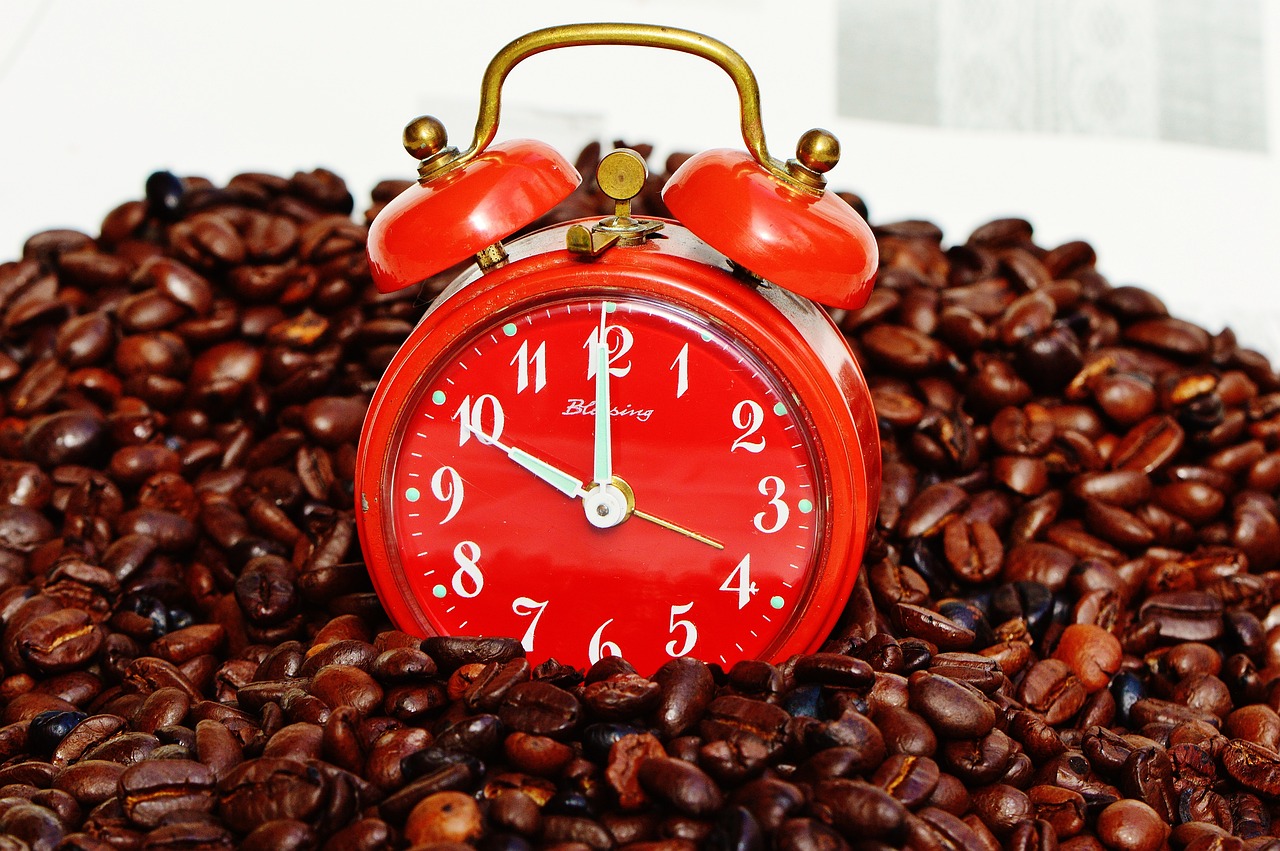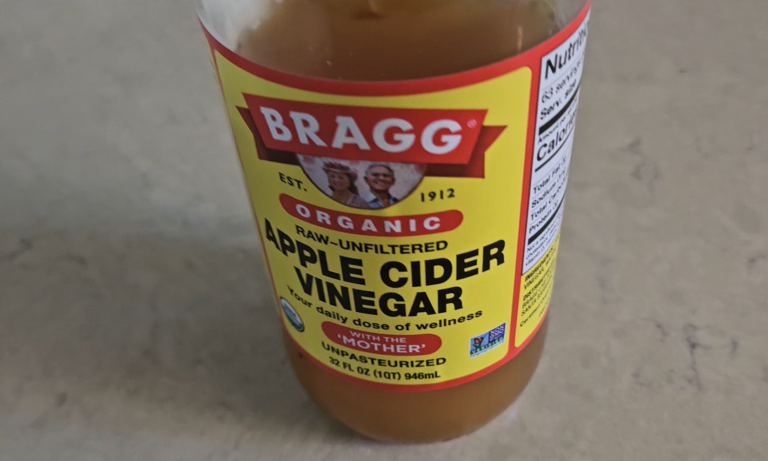Intermittent Fasting for Beginners
You’ve heard about it. You’ve seen some people have success, and others… not so much. You want to try it, but you don’t have any idea how to start. I’ve done intermittent fasting throughout my life and I’ve always enjoyed the benefits of it. It not only helps physically, but mentally as well. I do not fast every day, but I’m usually fasting at some point throughout the week and it’s always been my cornerstone diet plan to get great results.
If you’re wanting to listen to me talk instead, see the video. Below I go into the basics of fasting and how it can benefit you.
https://www.youtube.com/watch?v=owyAmitOiQw&t=39s
What is Intermittent Fasting?
Intermittent Fasting isn’t really a diet, it’s more of an eating plan that structures out the timing of when you should be eating. It’s simply the absence of food over a prescribed amount of time, then you consume all of your calories in an eating window or time block.
You’ve probably heard someone on a 16:8 fast, where they are only consuming water, black coffee or green tea for 16 hours of their day and eating for only 8 hours. It’s common for most people to be on a 16, 18, or 20 hour fast, but fasting can go well beyond that. Some will go a full day without eating, while other will go up to 3.
If you’re exercising consistently and active throughout your day, I don’t recommend doing 24 and 48 hour fasts but once every 3 to 6 months if you choose. Consuming calories is the best way to keep your metabolism at a higher rate and give your body what it needs to build and maintain muscle.
While you’re fasting, the body tries to switch over to a state of ketosis. Ketosis is a metabolic state that occurs when your body burns fat for energy rather than glucose. When you’ve fasted for a good length of time, your body produces more and more catecholamines (epinephrine, adrenaline, norepinephrine) that help with the release of ketones, a chemical made up in the liver that helps fat mobilization.
This maximizes fat loss, but over time will eventually slow your metabolism.

Misconceptions, Benefits and Drawbacks
NO MUSCLE LOSS
In any caloric deficit, there will be some muscle loss whether your intermittent fasting or following some other diet. Bodybuilders who cut for a competition by going into a deficit risk the hard earned muscle they gained. The key here is to minimize muscle loss when dieting, and intermittent fasting helps with that.
You lose next to no muscle while fasting as long as you hit your caloric intake goal when you are in your feeding window. The quality and quantity of the food you eat is important. This can be tough because, for some people, it’s difficult to consume 2000+ calories in just 8 hours or less. The benefit of this, however, is the satiated feeling you get when you consume larger quantities of food in a smaller time frame. This helps curve unwanted cravings for processed foods.
“Will I loss muscle if I fast?” is the most common question I get from my followers. One of the biggest factors that contributes to muscle loss is lack of protein. If you eat too much protein, the body can metabolize it into glucose through a process called Gluconeogenesis, and uses the excess calories for fuel or stores them as fat. This is also a bad thing, because it doesn’t get stored as excess protein for later use. After the body’s needs are met, it can only be used as energy.
MENTAL CLARITY
When you fast, your body has less toxic materials flowing through the blood and lymphatic system. That coupled with less energy to the digestive system means more energy toward the brain.
You likely won’t realize the first week or two during initial fasting periods, but once the body has cleared itself of toxins, the brain has access to a cleaner bloodstream. This results in clarity of thought as well as better sensory and memory function.
NOT FOR ALL AGE GROUPS
This diet isn’t recommended for people with health conditions such as diabetes are any heart conditions.
Children and adults over 70 should avoid this diet because of the consistent caloric requirements needed throughout the day.
Pregnant women should also avoid this diet…. for obvious reasons.
A Little Science Behind It
SUGAR BURNER vs FAT BURNER
Eating many meals throughout the day with consistent snacking is very taxing on the pancreas and digestive system. When carbs are consumed, the pancreas secretes insulin that helps the sugar move into the cells. Most of this energy is stored in the liver and skeletal muscles. When these stores are exceeded (which doesn’t take much), the rest of the sugar has to be stored as fat.
Sugar burners eat plenty of carbohydrates and rely on glucose for fuel. They have consistent spikes in energy and insulin levels and are much more prone to inflammation.
Fat burners utilize fat stores for energy and are less prone to insulin spikes than those who rely on glucose. Fasting and utilizing fat stores help increase HGH (human growth hormone) levels that help with testosterone production and aging.
FATS ARE GOOD
For many years, people were under the impression that “fats made you fat”. This couldn’t be further from the truth, but note that too much of anything can be a bad thing. So if a person consumes sausage, bacon, peanut butter and fatty ground beef all day, they will have an issue keeping the weight off.
Fat is the most abundant energy source the body can use and it’s a slow burning fuel source, which means that an individual can have sustainable energy for a longer period as opposed to an individual running off glucose. I’m not saying the body doesn’t need glucose. In fact, glucose supplies energy at a faster rate and is used for more explosive actions as well as it is a primary energy source for the brain. The problem is when we consume too much or too often that regulating our insulin levels becomes a problem.
Saturated fats are also vital for our bodies, and we do need a little bit of it every day. Most people are under the impression that saturated fats are main reason for clogged arteries, but there is another major culprit behind the scenes. Inflammation.
1. You eat a steak with loaded mashed potatoes
2. Carbs spike insulin and causes inflammation
3. Inflammation triggers immune response and the LDL receptors become enflamed
4. White blood cells accumulate at the LDL site and fat gets blocked
Having a limited amount of saturated fats every day actually improves your blood lipid profile. This can actually lower the risk of heart disease by shifting your LDL cholesterol from small dense LDLs to large LDLs.
Fats are not only a good energy source, but are vital for the absorption of vitamins and minerals. Some good fat sources are:
1. Olive Oil
2. Avocado Oil
3. Coconut Oil
4. MCT Oil
5. Ghee
6. Avocados
7. Nuts and nut butter (take into account the omega 6 : omega 3 profile ratio)
8. Chia Seeds
9. Flaxseeds
10. Olives
HGH (HUMAN GROWTH HORMONE)
Our HGH levels are high when we are young, which contributes to development. As we get older and continue to feed our bodies unhealthy food, HGH levels begin to decline which can have a negative impact. Human Growth Hormone is good for both men and women, and is something we want to get more of as we reach 40+.
It’s a natural hormone the pituitary gland releases in small amounts each day which has many benefits. It promotes growth in children, helps maintain body structure by preserving muscle mass and bone density, helps increase our metabolism, helps keep your blood glucose levels within a healthy range, and helps increase the availability of fats for energy.
Studies have shown that increased amounts of HGH are released when the body is in a fasted state. One study showed that after 3 days of consistent fasting, HGH levels increased 300%. It’s been proven that upon waking the body is in a metabolic state of low insulin and elevated HGH/cortisol levels. Once food is consumed, the body rapidly switches to a fat storing, survival mode. In a nut shell, the longer we fast the more our bodies produce this age preventing, muscle maintaining hormone along with bringing all the benefits of fat loss. For older folks, such as myself, slightly longer fasts are more beneficial than shorter fasts as our bodies take a bit more time gearing up for this process. Don’t let this be a determining factor though. If you like the 16/8 split, stick with it.
I recommend not to fast every day. Fasting every day actually has a tendency to slow our metabolisms down so much that HGH won’t be effective enough to replace the loss. It is recommended to fast 3-4 times a week, especially for people nearing their 50’s and older.
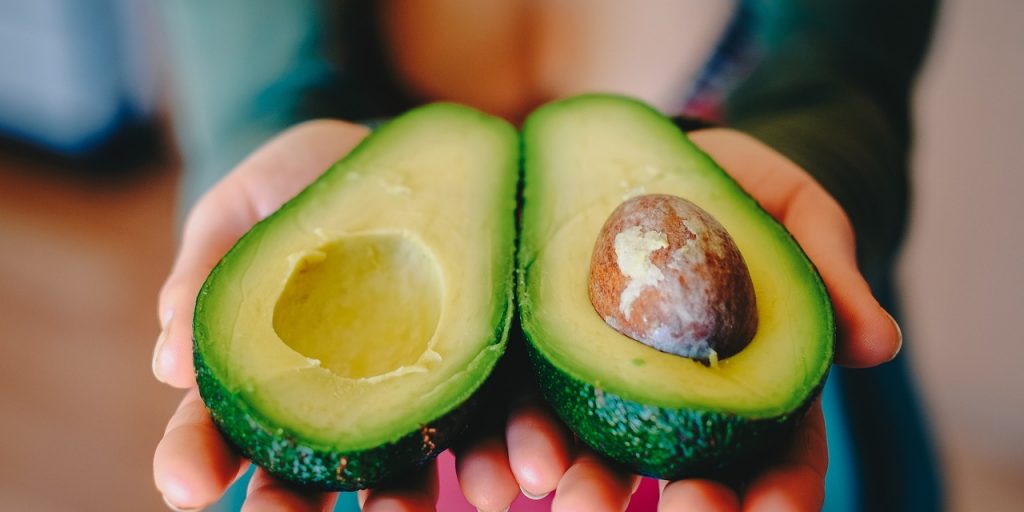
What Do I Eat?
FASTING WINDOW
During your fasting period, WATER should be the only thing you are consuming. If you are an individual who absolutely needs caffeine, then black coffee and green or black tea is allowed. NO ADDITIVES! This is the part that most people think they can get away with. “I’ll just throw a little sweetener in it” is the common mistake most people make when fasting.
Your body wants to run off of glucose, so any amount introduced to the body will throw you out of a fasted state. Sweeteners, additives, supplements (including BCAA’s), vitamins and other sources of nutrients will cause and insulin spike, which drives a metabolic response and breaks the fast.
Electrolytes deplete much quicker when you’re fasting. When you’re eating, and especially when eating carbohydrates, the body tends to hold onto more water. The big 3 that you need to keep in mind are:
1. Sodium – maintains fluid balance, blood flow, and nerve impulses
2. Potassium – regulates blood pressure and fluid balance. Potassium is mainly found in fruits and vegetables.
3. Magnesium – maintains muscle function, mood and bone health. Magnesium is mainly found in leafy green veggies.
Many people experience exhaustion, cramping, headaches, low energy and muscle function when they’re on this diet. They’re first assumption is to contribute it to the lack of glucose in the blood. Although it takes some time for the body to get used to this diet, initial symptoms like this are usually the cause of an imbalance of electrolytes.
Lastly, caffeine. It’s best to consolidate caffeine to the morning if possible. In a fasted state the body is already stressed, and too much caffeine can present adrenal fatigue. This happens when the body produces less and less cortisol which ends up making you feel weak, tired and achy.
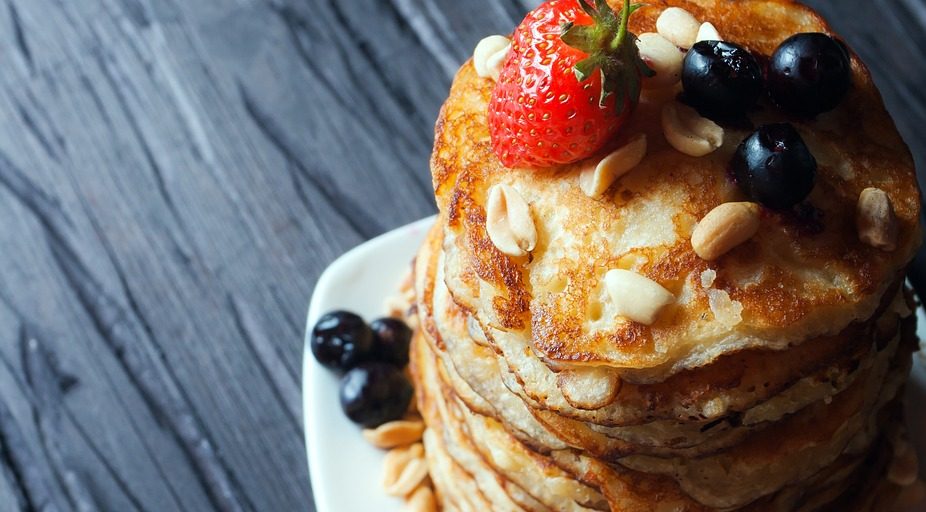
BREAKING YOUR FAST
The most important part of any diet, if you’re trying to gain muscle, is to consume enough protein. There is always talk about carbs and whether we should eat them or not, but there isn’t enough talk about protein. Our bodies do not stop breaking down. We are constantly in a catabolic state where the body breaks down built tissue for energy. For those who want to be fit, it should be a priority to bring the body into an anabolic state as much as possible.
Now it’s time! Time to break your fast. At this point, especially when first starting this, you’re enraged with hunger and want to consume everything in your pantry. I know the feeling. THE MOST IMPORTANT thing you can do when you break your fast is consume a high amount of protein, and make it the first thing off of your plate that you eat.
If we divide our plate up, roughly 30-40% of your plate should be dedicated to protein. For this meal in particular, try to dedicate 50% of your plate to a quality protein source. Some good sources of protein are:
1. Salmon and most seafood
2. Eggs
3. Pork chops
4. Cottage cheese
5. Plain or low-fat yogurt
6. Whey protein (without added sugar and only after a workout)
7. Pea Protein (without added sugar)
8. Nuts and seeds
9. Lean red meats
It’s a common mistake for most people to go straight for the snack drawer or dive into processed foods right away. They think “Well I haven’t eaten anything all day, so I should be good”. When your body goes from a starved state to a fed state, the cells are very receptive to whatever you give them. Too many carbs during your first meal causes a large insulin surge, and insulin is a FAT STORING hormone. We want to limit this spike as much as possible. It’s okay to have some carbs in your first meal, but don’t eat them right away, and make sure they are a low glycemic carbohydrate such as fibrous veggies or yams.
Fibrous vegetables are highly recommended with your fist meal above all other meals. These low glycemic and highly nutritional carbohydrates promote healthy gut bacteria (which is regrettably overlooked by most people), satiating, slow digesting (you stay fuller longer), and they do not spike your insulin levels.
Vegetables I recommend are:
1. Spinach
2. Chard
3. Arugula
4. Kale
5. Broccoli
6. Cabbage
7. Brussel Sprouts
8. Asparagus
EATING WINDOW
During your eating window, your goal is to fit all of your daily caloric needs within it. Your diet should consist of mostly protein and vegetables, some fruits and fats, little starch and no processed foods or sugar.
We’ve all heard this before. Eat wholesome foods in their most natural state, and avoid packaged items that come in a box (for the most part). That being said, when first starting a new diet it’s very difficult to follow it exactly from day 1. We hope we can, but for the most part we end up falling off the wagon at some point.
What I suggest is to stick to a few basic rules to at least get you started.
1. Be honest when fasting. This means either black coffee, tea or water. Nothing else.
2. At least for your first meal, stick to the plan above. Quality protein, quality food.
3. During eating window, eat your protein first. This helps slow the absorption of any carbohydrates that are consumed afterwards.
4. If you must snack, do it in your second, third and fourth meals of the eating window.
5. After a workout is the best time to get some bad food in. Try to save the sweets for this period if you absolutely need them.
Now I’m not encouraging you to indulge in processed foods, but for those of us who struggle with it, these are some options to help you wean off snacking and get you on track to healthier eating.
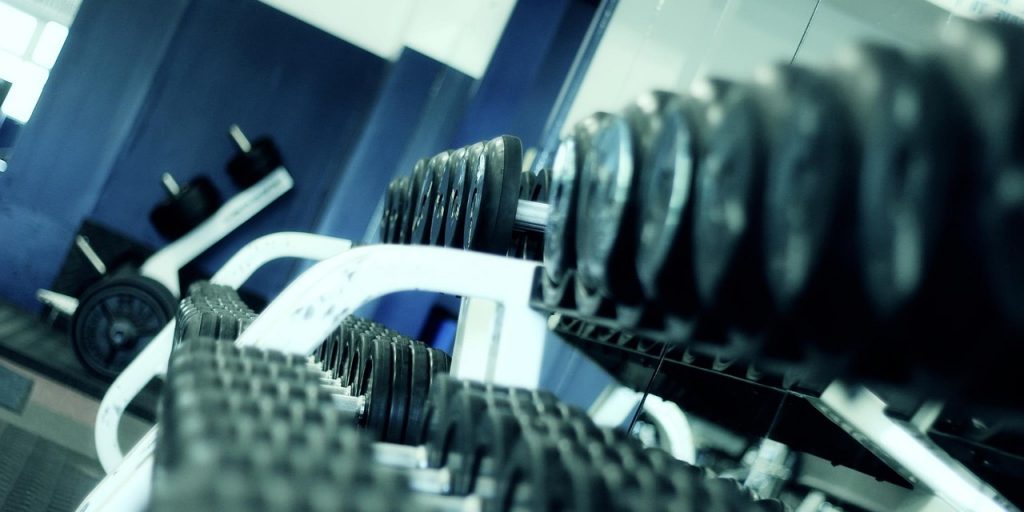
Working Out
WORKING OUT IN A FASTED STATE
There’s plenty of controversy when it comes to whether or not you should workout in a fasted state or a fed state. Many will argue to one side or the other. Me… I actually prefer doing both, and it’s dependent on what your goals are.
After you get out of bed, your body is in a fasted state. Fat is already being mobilized and used for energy at this point, which makes this a good time to get a cardio session in. Low intensity exercises like running, biking, swimming or climbing are low impact and long duration exercises. Exercises or movements that require energy for longer durations (touching on the Aerobic Energy System) utilize fat as it’s primary source of fuel.
The Phosphagen an Glycolytic Energy Systems are used for high and medium intensity workouts. These systems primarily use glucose for fuel because the breakdown of these molecules provide faster energy output at a higher intensity. Once we move past these energy systems, we move into the Aerobic Energy System and the body starts to switch to a more sustainable energy source, fat.
WORKING OUT IN A FED STATE
When I’m doing a high intensity workout or bodybuilding session, I’m doing so in a fed state. I’ll usually eat before and after a workout to make sure my body can perform at it’s best during the workout and recover faster. Filling the glycogen stores in your muscles is important for performing more intense movements. The constant breakdown and rebuilding of ATP, which is what your body uses for energy, relies on glucose and creatine to be at it’s most effective state.

